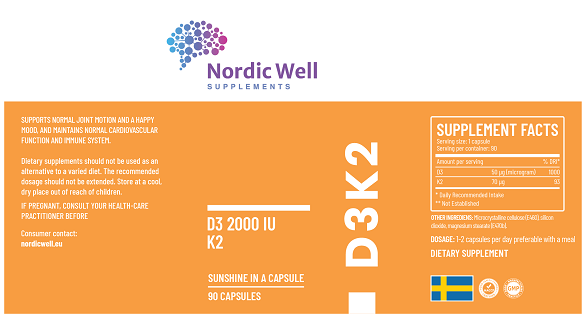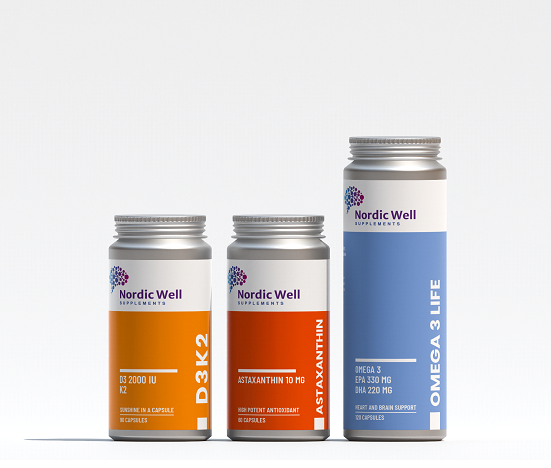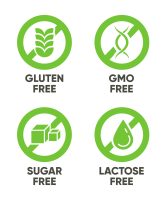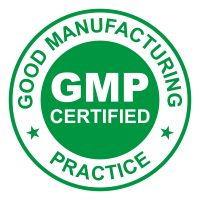
Deficiency can lead to osteoporosis. Vitamin D acts in a number of different physiological processes in the body, it helps maintain normal bone structure and muscle function. The vitamin also helps to maintain the normal functions of the immune system and in the body’s cell division processes.
Vitamin D contributes to the normal absorption and use of calcium, which in turn is important for maintaining normal bone structure and healthy teeth. Adequate intake of the vitamin contributes to normal calcium levels in the blood, as well as the absorption of the important mineral phosphorus.
Vitamin K2 is particularly important for transporting the mineral calcium to the skeleton and thus contributes to maintaining normal bone structure. Vitamin K works by activating a number of proteins in different places in the body. This activation leads to the proteins being able to bind calcium.
K2 should be combined with vitamin D because vitamin D helps the body absorb (take up) vitamin D in the body, while K2’s function is mainly to move the calcium to our bones and teeth where the calcium should be.
During the winter months, the sun’s rays are not strong enough to stimulate our own production of vitamin D since Vitamin D is formed in the skin through sunlight. Therefore we are dependent on getting it through our diet or dietary supplements.

The recommended dose should not be exceeded. Dietary supplements should not be used as an alternative to a varied diet. Keep out of the reach of small children. Use it with care and speak with a doctor before taking it.

Vitamin D3 is formed from 7-dehydrocholesterol (7-DHC) in the skin with the help of ultraviolet B (UVB) light. Apart from sunlight, we get smaller amounts of vitamin D through the diet, mainly from fatty fish, vitamin-enriched dairy products or vitamin D supplements.
There are few foods that are considered to be a naturally rich source of vitamin D, most of which are of animal origin and thus contain vitamin D3 (egg yolk, fatty fish, meat, liver and kidney).
Vitamin K2 (menaquinones) is mainly found in meat and fermented foods, such as cheese. The study shows that the association with the reduced cancer risk was strongest when vitamin K2 came from dairy products compared to when meat or meat products were the source. Vitamin K1 (phylloquinone) is found in green leafy vegetables.
Vitamin D is a fat-soluble vitamin (actually a group of prohormones) that exists in two main forms: D2 (ergocalciferol) and vitamin D3 (cholecalciferol), where D3 is the form most easily absorbed by the body.
Vitamin D is formed in the skin through sunlight. In the northern latitudes, it is difficult to get enough sunlight exposure during the winter months. Therefore, it can be beneficial to supply vitamin D through the diet or food supplements.
Vitamin D is produced when the skin is exposed to the sun. However, modern life is busy, and it can be a struggle to get enough sunshine, leaving you at risk of vitamin D deficiency.
Age, skin tone, body weight, health status, and prescription medications—including steroids and antibiotics—can also significantly reduce your body’s ability to produce enough vitamin D.
Though you can find vitamin K in many foods, modern food processing often results in foods containing little to no nutrients, making it challenging to get your daily vitamin requirements from diet alone.
Studies show that approximately one billion people in the world are vitamin D deficient or have low vitamin D levels. Older people are overrepresented, but vitamin D deficiency occurs at all ages. Risk groups with increased vulnerability to vitamin D deficiency: elderly people.
Almost half of all US adults are vitamin D deficient and have difficulty getting enough dietary vitamin K.
This can explain why people are exhausted, catch infections easily, and feel worn out.
⦁ Lack of sunlight
⦁ Genetic factors
You might be surprised that you can still be D vitamin deficient if you regularly get sunshine. Depending on your location, the sun’s ultraviolet B radiation may not be powerful enough to trigger D vitamin production. Only areas near the equator deliver all-year-round UVB rays needed to activate D vitamin.
While some foods contain vitamin D, most dietary sources only deliver small amounts, and it’s almost impossible to get enough vitamin D from the foods we eat.
Supplementation is a great choice to replenish D vitamin, unfortunately, most D vitamin supplements contain vitamin D2, a less effective form of D vitamin. We use D3 with K2 vitamin and we only use vitamin D3, the same powerful form of D vitamin that’s naturally produced in your skin.



